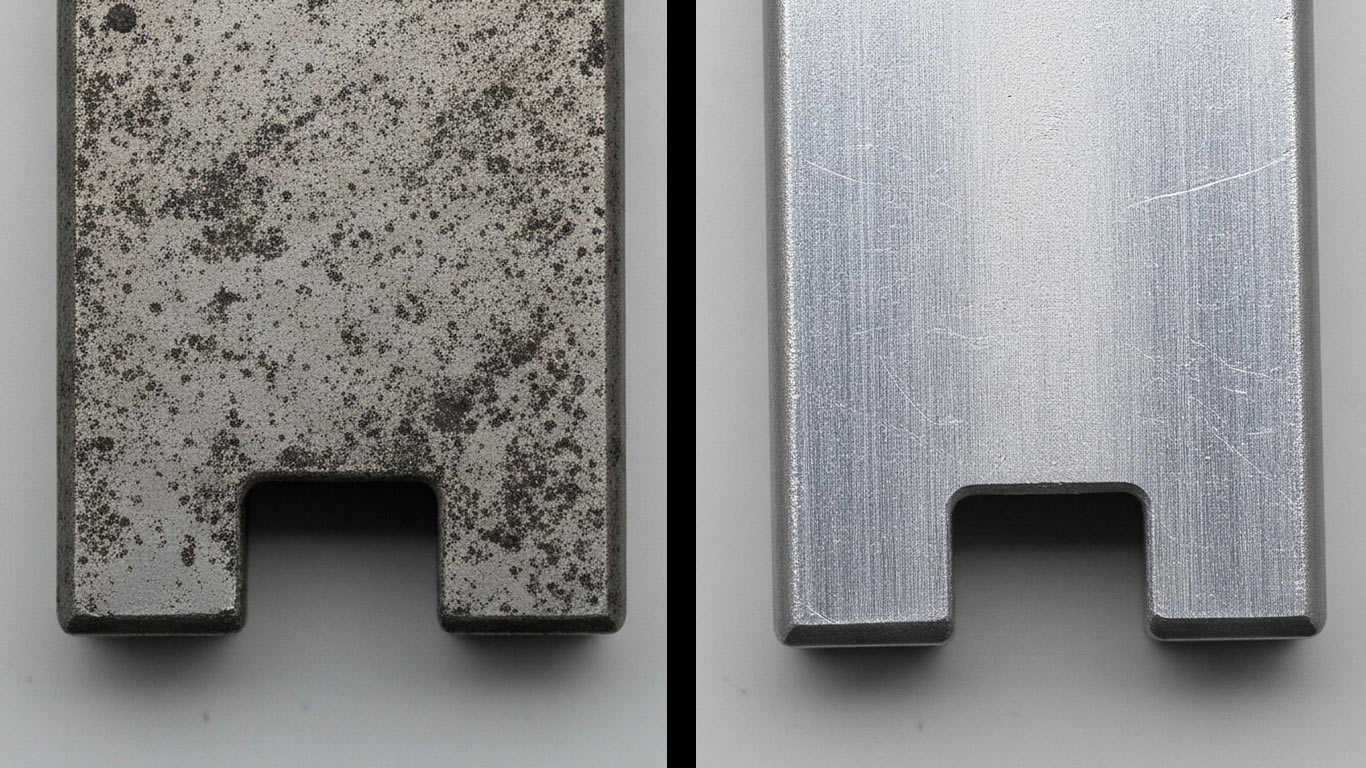
FDA
FDA 21 CFR 1040.10 - Laser Product Performance Standards



When facing harsh chemical environments that corrode most metals, I've observed Ruthenium performing exceptionally well, thanks to its outstanding corrosion resistance over everyday options like nickel or copper, ensuring reliable components in processing plants and marine applications without additional protective coatings.
Under 1000x magnification, the ruthenium surface looks rough and covered in dark, sticky patches that scatter across the view.
Irregular clumps of grime cling tightly, dulling the metal's natural gleam and creating bumpy textures everywhere.
These contaminants build up unevenly, hiding the underlying structure from clear sight.
After laser treatment at 1000x magnification, the ruthenium surface appears smooth and free of all dark patches that once cluttered it.
Clean lines emerge

FDA 21 CFR 1040.10 - Laser Product Performance Standards

ANSI Z136.1 - Safe Use of Lasers

IEC 60825 - Safety of Laser Products

OSHA 29 CFR 1926.95 - Personal Protective Equipment